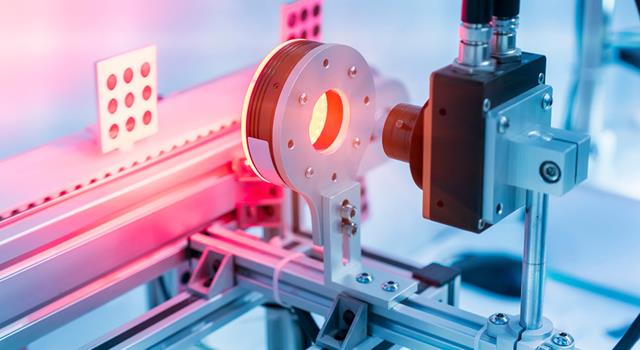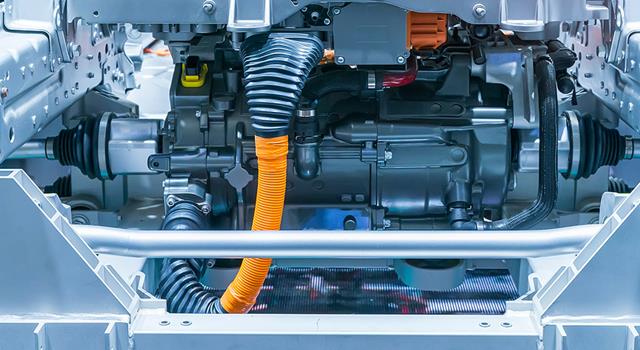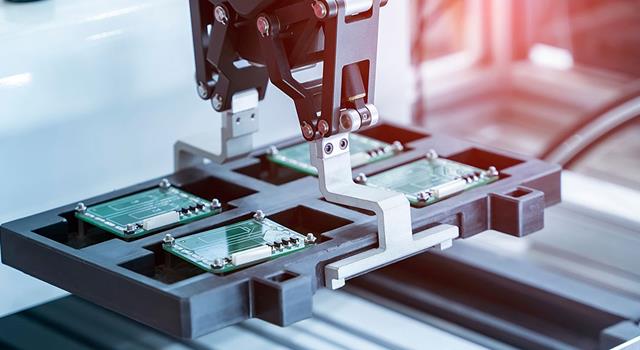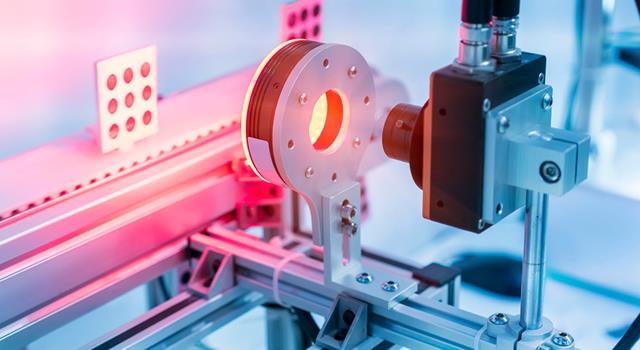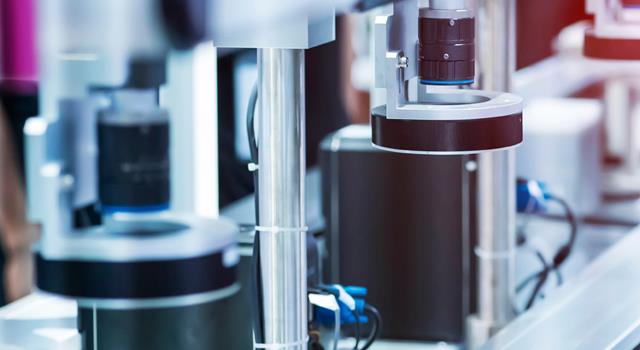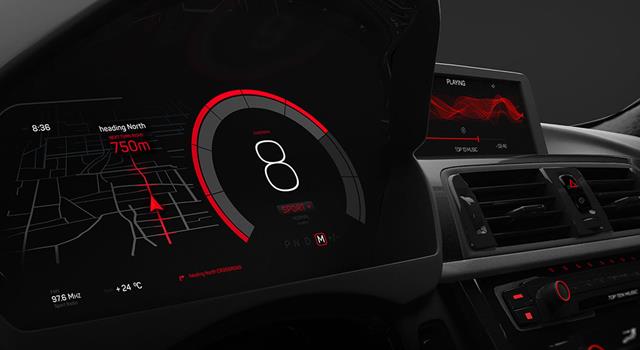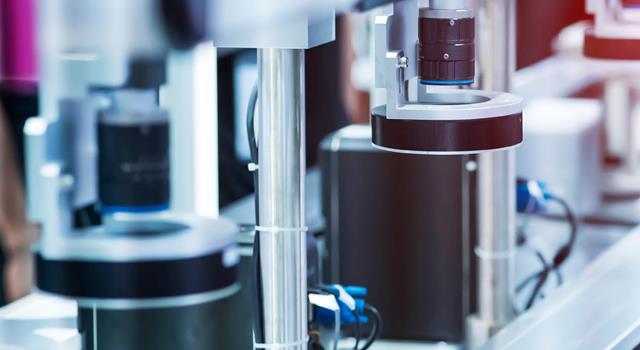Every day, countless machines and devices rely on the precise measurement of speed to function optimally. One of the unsung heroes of this task is the Hall Effect Speed Sensor. This sensor, rooted in a 19th-century discovery, plays a vital role in a myriad of modern-day applications.
Understanding the Hall Effect
At its core, the Hall Effect is a phenomenon wherein an electrical current, passing through a conductor in a magnetic field, induces a voltage perpendicular to both the current and the magnetic field. This was first discovered by Edwin Hall in 1879, laying the foundation for the development of Hall Effect Sensors.
The Components of a Hall Effect Speed Sensor
- Hall Plate: A semiconductor that can detect magnetic fields.
- Voltage Regulator: Ensures the output readings remain consistent.
- Digital Circuitry: Converts the analog signals into a digital format.
How a Hall Effect Speed Sensor Works
The process begins with the presence of a magnetic field. As this field fluctuates, it induces the Hall voltage in the sensor. This analog signal is then processed and converted, leading to an output that directly corresponds to a specific speed. The placement of the magnetic source, like a rotating gear, can vary the magnetic fields and thus the output signal.
Benefits of Using Hall Effect Speed Sensors
What sets these sensors apart?
- Accuracy and Consistency: Offers reliable readings.
- Durability: Functions well amidst dust, dirt, and various environmental factors.
- Versatility: Remains effective across a broad temperature range.
- Longevity: No physical contact means reduced wear and tear.
Common Applications
From cars to computers, these sensors find utility everywhere:
- Automotive Industry: Integral to wheel speed sensors in ABS systems.
- Industrial Machines: Measures rotational speeds.
- Consumer Electronics: Fans and disk drives.
- Aerospace: Monitors engine speeds.
Comparing Hall Effect Speed Sensors with Other Speed Sensors
While optical sensors use light and mechanical sensors rely on physical movement, Hall Effect sensors use magnetic fields. Each has its advantages, but the Hall Effect often stands out due to its durability and accuracy.
Future Developments and Trends
As technology evolves, so do these sensors:
- Miniaturization: Even smaller sensors for intricate applications.
- IoT Integration: Sensors that can communicate with other smart devices.
- Self-calibrating Sensors: Reducing the need for manual calibrations.
Bestaş Speed Sensors - Precision and Reliability in Motion Detection
As a renowned hall effect speed sensor manufacturer, Bestaş is dedicated to delivering high-quality speed sensors for a wide range of applications. Our hall effect speed sensors are designed with advanced features, including reverse voltage protection, high current protection, and auto-gain technology, ensuring accuracy and reliability in motion detection.
Similar Posts






